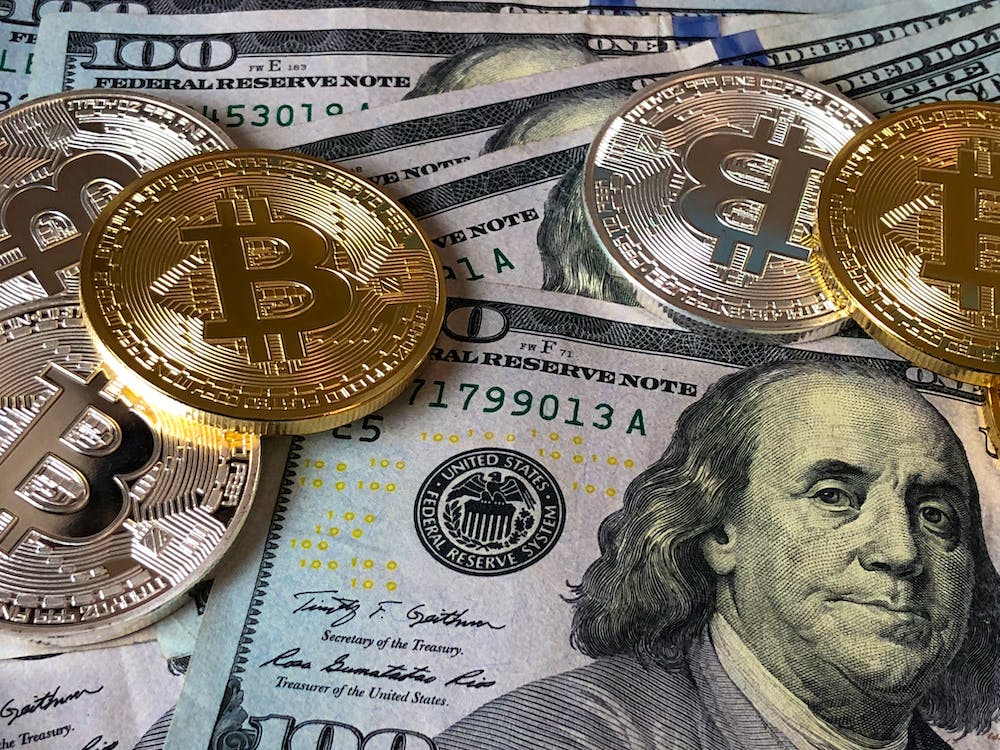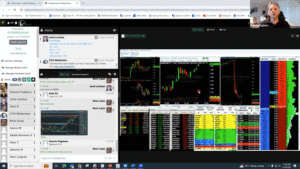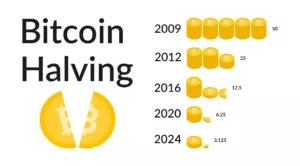
In a previous article, I strenuously warned against the temptation of holding overnight positions. When I give my top ten rules of day trading "don'ts", no overnights is Rule #1. A VERY close second is no dollar-cost averaging.
For those who don’t know, dollar cost averaging is the process of buying additional stock after you’ve taken a prior loss. The rationale for doing so is that, now that the price has been “discounted,” you can buy more of it and therefore, increase your chances of making a profit (or at least breaking even).
If you’ve ever dealt with a stockbroker, then you have very likely been introduced to this strategy. Dollar-cost averaging is written on Page 1 of the Stockbroker’s Handbook under the chapter “They’ll Fall for It Every Time.” It works like this:
Your broker calls and pitches XYZ stock. According to your broker, this company has the greatest product, management, and marketing strategies. It is going to revolutionize its industry. The broker is so excited about the stock that he has not only put all of his money into it, but he has put his dear old grandmother’s retirement fund into the stock too.
You figure that he wouldn’t steer his grandmother wrong, so you buy 1,000 shares at $30 per share. Over the next few weeks, the stock price falls to $15 per share. You’ve lost $15,000 or half of your original investment. You think to yourself, “My broker’s poor granny. Her retirement fund was wiped out!” Well, perhaps that isn’t your first thought but you are distraught nonetheless.
Yet, you are awoken from your trance by the telephone. It’s your broker on Line 2. You can’t believe it! After such terrible advice, you didn’t think you’d ever hear from him again. You’re even more shocked when he calls to tell you the “good news” – that XYZ has lost half of its value.
“That’s good news?” you practically scream into the phone.
“No, it’s great news!” he responds, practically reading word for word from the handbook. “If you thought XYZ was a good investment at $30 per share, it’s a ‘steal’ at $15 per share. For the same $30,000, you can now buy 2,000 more shares of stock. In that case, if it just goes back up to $20 you’ll break even. If it goes back up to $30, you’ll be up by $30,000. And if it goes up to $50 (and the broker is sure that it will), you will make … get this … $90,000! You just have to buy more shares! It’s a no-brainer!”
Now, here’s the weird part – you probably will buy more shares. Why? Because you, like most people, can’t stand the thought of cashing out a losing investment. After all, the point of buying stock is to buy low and sell high. Yet, up until now, you’ve done just the opposite. However, by dollar-cost averaging down the price of your investment, you increase the chances that you’ll eventually break even, if not make a profit. So why not, right?
Wrong! The poor house is full of people who dollar cost averaged away fortunes. They kept buying stocks like Enron, Nortel, JC Penny, and DELL Computer, just to name a few. In many cases, they did so at the advice of a stockbroker, who, by the way, earned a commission on every trade.

Of course, as a day trader, you won't have an outside stockbroker trying to talk you into dollar-cost averaging. Yet, you will have an "internal stockbroker" trying to talk you into doing so to avoid cashing out a losing position. For example, let's suppose you buy 1,000 shares of a stock at $19.00, and it falls to $18.10. You're down $900. At this point, your internal stockbroker might try to talk you into buying another 1,000 shares with the thought that you can wipe out your loss if the stock just inches up another $0.45 to $18.55.
Hang up the phone! Sure, the stock may very well inch back up, but it isn't worth the risk. Think about it: you're putting an additional $18,000 on the line to avoid a $900 loss. In all, you could lose as much as $37,000 (remember, you invested $19,000 on the first trade) just because you're unwilling to accept the loss of $900.
And I know you're sure the stock is going to rise, right? Or are you? You didn't have a good grasp on the direction of the stock when you bought it the first time. Why do you think it will be any different this time? Wouldn't it be better to just consider it a lesson learned and be done with it? In the overall scheme of things, $900 is a very inexpensive lesson. Why make your loss almost 400 times greater to learn the same lesson?
Think about this for a moment. You don't have to make the same mistake. When you are wrong about a stock (and you will be), don't turn a small loss into a big one. Simply cash out the position, take your loss, and move on.
HOW TO LEARN MORE ABOUT DOLLAR COST AVERAGING.
Learn more about this topic and how to gain a greater understanding of the stock market at my free class, click here to sign up to attend.



